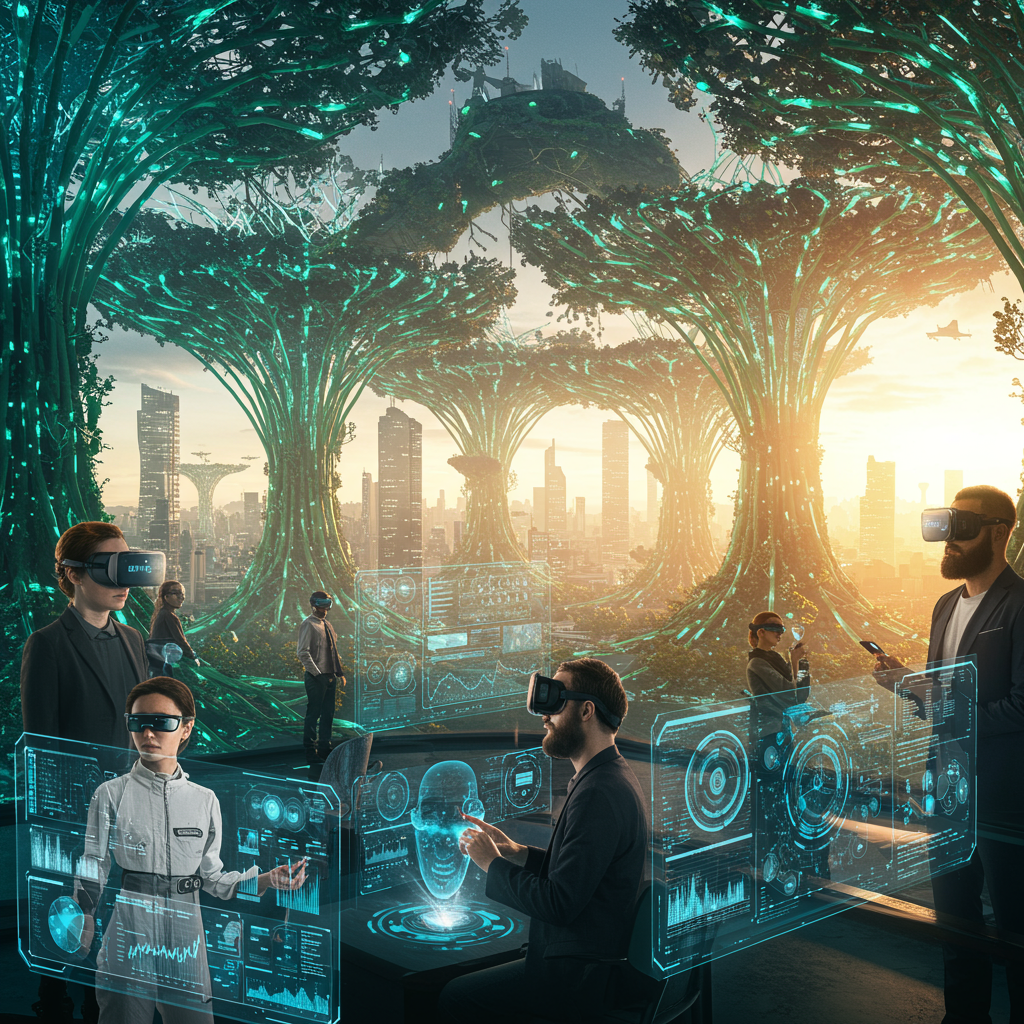# The Future of Generative AI: What to Expect
The world is abuzz with generative AI. From crafting compelling marketing copy to designing stunning visuals, this transformative technology is rapidly reshaping industries. But what does the future truly hold? For business professionals, understanding the trajectory of generative AI isn’t just interesting; it’s crucial for staying competitive and innovative. This post explores the key trends shaping the future of this exciting technology and what you can expect in the coming years.
Enhanced Automation and Efficiency Across Industries
Generative AI is poised to significantly enhance automation in various sectors. We’re already seeing its impact in content creation, marketing, and customer service, but the potential goes far beyond. Imagine automated code generation for software development, leading to faster development cycles and reduced costs. Think of personalized learning experiences tailored to individual student needs in education, or the creation of hyper-realistic simulations for training purposes in healthcare and manufacturing.
The future will see a deeper integration of generative AI into existing workflows, automating repetitive tasks and freeing up human employees to focus on higher-level strategic work. This will not just increase efficiency but also lead to a significant boost in productivity and innovation. Businesses that strategically integrate generative AI into their operations will gain a competitive edge, while those that lag behind risk falling short. This will require a focus on upskilling employees to work effectively alongside AI tools, as well as thoughtful consideration of ethical implications and potential bias.
The Rise of Hyper-Personalization and Customer Experience
Generative AI is primed to revolutionize customer experience by enabling unprecedented levels of personalization. Imagine marketing campaigns crafted specifically for individual customer preferences, product recommendations that anticipate needs before they are even expressed, and customer service interactions that feel genuinely human and empathetic, even if powered by AI.
This hyper-personalization isn’t just about convenience; it’s about building stronger customer relationships and loyalty. By understanding individual customer needs and preferences at a granular level, businesses can offer more relevant and engaging experiences, leading to increased customer satisfaction and ultimately, higher revenue. However, it’s crucial to address the privacy concerns that come with collecting and utilizing such vast amounts of data responsibly and ethically. Transparency and user control will be paramount to building trust and maintaining a positive brand image.
The Challenges and Ethical Considerations
While the potential of generative AI is enormous, it’s crucial to acknowledge the challenges and ethical considerations that lie ahead. Bias in algorithms, the potential for misuse, and the impact on the job market are all serious concerns that require careful attention. Building robust safeguards and developing ethical frameworks for the responsible development and deployment of generative AI is paramount.
As businesses integrate generative AI into their operations, they must prioritize transparency, accountability, and fairness. This includes actively working to mitigate bias in algorithms, ensuring data privacy and security, and addressing the potential impact on employment through reskilling and upskilling initiatives. Investing in ethical AI practices isn’t just a matter of social responsibility; it’s also a matter of long-term sustainability and maintaining public trust.
In conclusion, the future of generative AI is bright, promising significant advancements across industries and transforming the way we work and interact with technology. However, success hinges on proactive planning, responsible development, and a focus on ethical considerations. Businesses that embrace these principles will be best positioned to leverage the power of generative AI and reap its substantial rewards.
Learn more about this topic in our complete guide: A Beginner's Guide to Generative AI.

